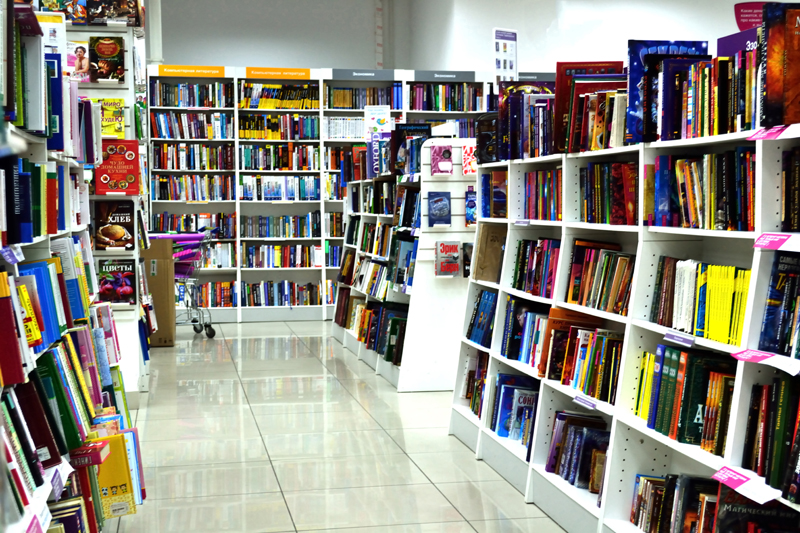New Adult Designation - Laudable or Lamentable?

The publishing industry, particularly marketing folks, has been great at designing catch phrases to segment books. These terms later find their way into library terminology. Take "tween" for instance. There is not a developmental phase called "tween" it is a marketing phrase to identify a section of the adolescent population’s reading audience. Now enter the phrase New Adult. This phrase was coined to indicate the aging YA reader who is 18-23. Publishers want to capture these readers as they leave the YA genre and give them stories in which they can find themselves.
The premise behind this designation is also to ensure that books aimed at teens are not rife with situations that they are unprepared to deal with...or that their parents may be unprepared or unwilling to explain. Like the phrase "tween," New Adult is not one that is likely, at least initially, to be a separate section in the public library. For those academic libraries serving this age group, one would imagine that the entire library is suitable for the tastes of the community they serve and the curriculum that is presented. For readers' advisory, however, this new segment bears watching.
In the major review magazines, this new genre is beginning to make an appearance at the end of 2012. Novels by Cora Carmack (Losing It) and Molly McAdams (Taking Chances, and From Ashes) are examples of this new type of reading material. The question is, will this designation take flight in the library community or will it become one more confusing piece of jargon that librarians have to explain over and over again.
Do you think this designation helps patrons or hurts them? Does it make your librarian life easier or more difficult? Frankly, I am of two minds. On one hand, I am happy to have some of the “work” done for me in readers’ advisory for selecting books that might be appropriate for a particular age group. On the other, age alone is not an indicator of reading tastes. I am fond of picture books and young adult fiction. I am not the intended audience for either. Yet, I appreciate both for different reasons than a small child or teen might.
Like any other terminology, I am cognizant that the more we label and stratify reading materials, we risk sliding down the slippery slope of censorship. As a public librarian, I guard access. I do not dictate what people should be reading based on anything, especially not age. This new status bears watching, I believe it could be another tool in the RA toolbox…but used unwisely it can also be a way to profile patrons in a way that does not mesh with the mission of a public library.
Do you have thoughts on this topic? Come to our forum and tell us what you think!
The premise behind this designation is also to ensure that books aimed at teens are not rife with situations that they are unprepared to deal with...or that their parents may be unprepared or unwilling to explain. Like the phrase "tween," New Adult is not one that is likely, at least initially, to be a separate section in the public library. For those academic libraries serving this age group, one would imagine that the entire library is suitable for the tastes of the community they serve and the curriculum that is presented. For readers' advisory, however, this new segment bears watching.
In the major review magazines, this new genre is beginning to make an appearance at the end of 2012. Novels by Cora Carmack (Losing It) and Molly McAdams (Taking Chances, and From Ashes) are examples of this new type of reading material. The question is, will this designation take flight in the library community or will it become one more confusing piece of jargon that librarians have to explain over and over again.
Do you think this designation helps patrons or hurts them? Does it make your librarian life easier or more difficult? Frankly, I am of two minds. On one hand, I am happy to have some of the “work” done for me in readers’ advisory for selecting books that might be appropriate for a particular age group. On the other, age alone is not an indicator of reading tastes. I am fond of picture books and young adult fiction. I am not the intended audience for either. Yet, I appreciate both for different reasons than a small child or teen might.
Like any other terminology, I am cognizant that the more we label and stratify reading materials, we risk sliding down the slippery slope of censorship. As a public librarian, I guard access. I do not dictate what people should be reading based on anything, especially not age. This new status bears watching, I believe it could be another tool in the RA toolbox…but used unwisely it can also be a way to profile patrons in a way that does not mesh with the mission of a public library.
Do you have thoughts on this topic? Come to our forum and tell us what you think!

Related Articles
Editor's Picks Articles
Top Ten Articles
Previous Features
Site Map
Content copyright © 2023 by Christine Sharbrough. All rights reserved.
This content was written by Christine Sharbrough. If you wish to use this content in any manner, you need written permission. Contact Christine Sharbrough for details.


